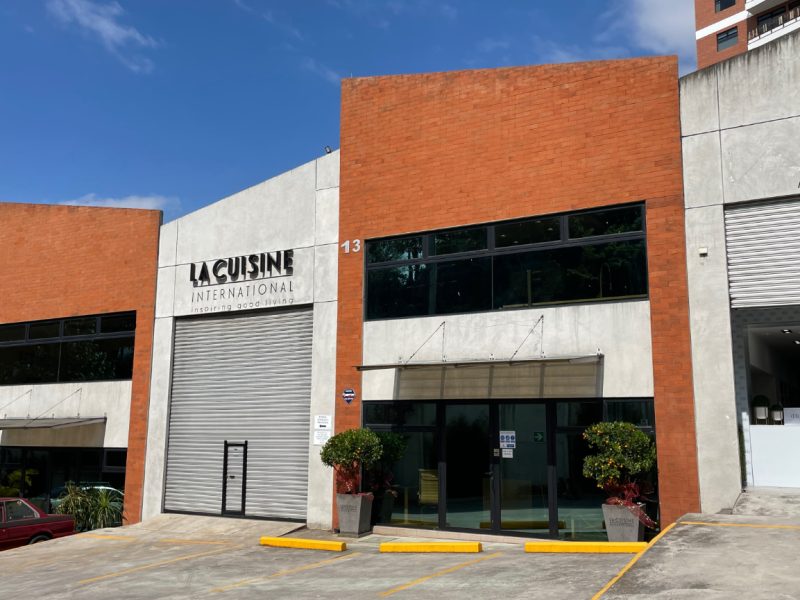
Our Company
Locations
Contact Us
Newsletter
Sign up to receive email updates on the latest products, collections and campaigns.

The Museum of Modern Art in New York, MoMA, has opened its doors to an exhibition that sheds light on the relationship between the environment and architecture in the 20th century: “Emerging Ecologies: Architecture and the Rise of Environmentalism.” This exhibition, organized by MoMA’s newly created Ambasz Institute, hopes to expose the public to schools of thought that are sometimes unknown to most.
The curatorship of the exhibition, led by Carson Chan, aims to create a space where the tense relationship between architecture and the environment can be discussed, researched and shared with a wider audience.
A glimpse into the past

The perspective of the exhibition is mainly historical, centered on the work done in the 1960s and 1970s because it was at this time that environmental issues began to be exposed on a large scale to the general public, as evidenced by the popularity of the ideas presented in Rachel Carson’s book “Silent Spring.”
However, the exhibition also highlights the pioneers of this movement, such as the work of early 20th-century modern architects, including Frank Lloyd Wright and his organic architecture, as well as the “climate-sensitive architecture” of Richard Neutra.
This historical approach seeks to provide a deeper understanding of the roots of current movements in terms of environmental architecture.
Radical cartography and indigenous communities
The exhibition includes radical cartography or mapping works that show the complexity of the landscape and its relationship with the environment. Ian McHarg, an American academic, created detailed ecological maps of the Delaware River watershed showing data on ecological features such as soil conditions and sun exposure.
It is important to note that this knowledge of the environment preceded the modern environmental movement. The exhibition acknowledges that indigenous communities have cared for and maintained the land for generations and grieves the loss of their knowledge due to colonization.
The role of activism
The exhibition also highlights the role of activism in environmental architecture. For example, a protest by the Yavapai community against the construction of a dam on ancestral lands is shown, demonstrating that stopping projects that alter the landscape is a form of architecture.
To provide contemporary context, the exhibition incorporates comments from contemporary architects and designers such as Jeanne Gang and Mai-Ling Lokko through small audio devices.
This exhibition at MoMA, which is a reminder of how architecture and the environment have been intertwined throughout time, and how these connections have evolved and deepened throughout history, will be on display through January 20, 2024. This is an opportunity to reflect on the past and future of environmentally conscious architecture, remembering that this discipline not only creates spaces but also shapes our environment and our relationship with it.

Sign up to receive email updates on the latest products, collections and campaigns.
Carrera 9 Nº80-45
Bogotá D.C., Colombia
Monday to Friday: 11:00 a.m. - 07:00 p.m.
Saturday: 11:00 a.m. - 06:00 p.m.
(+571) 432.7408/7493
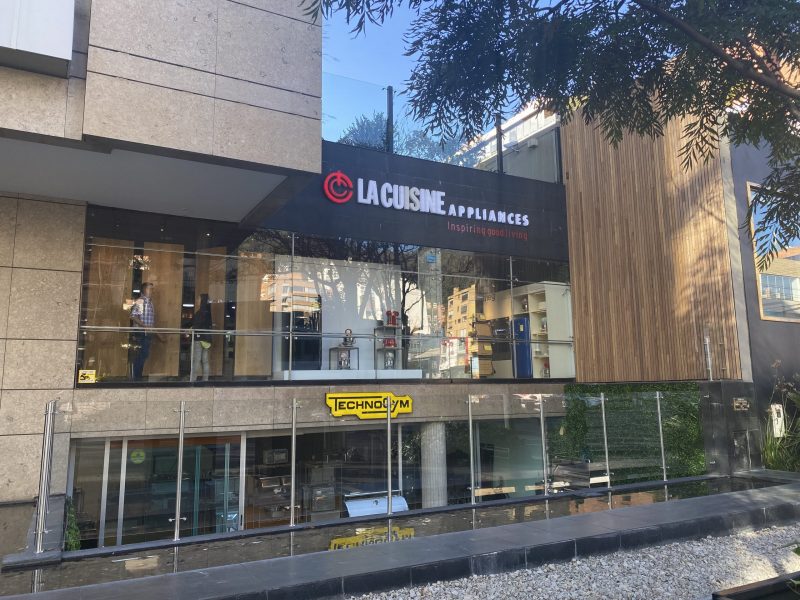
Calle 77 #72-37
Barranquilla, Colombia
Monday to Friday: 08:00 a.m. - 06:00 p.m.
Saturday: 09:00 a.m. - 01:00 p.m.
(+57) 605 352 0851
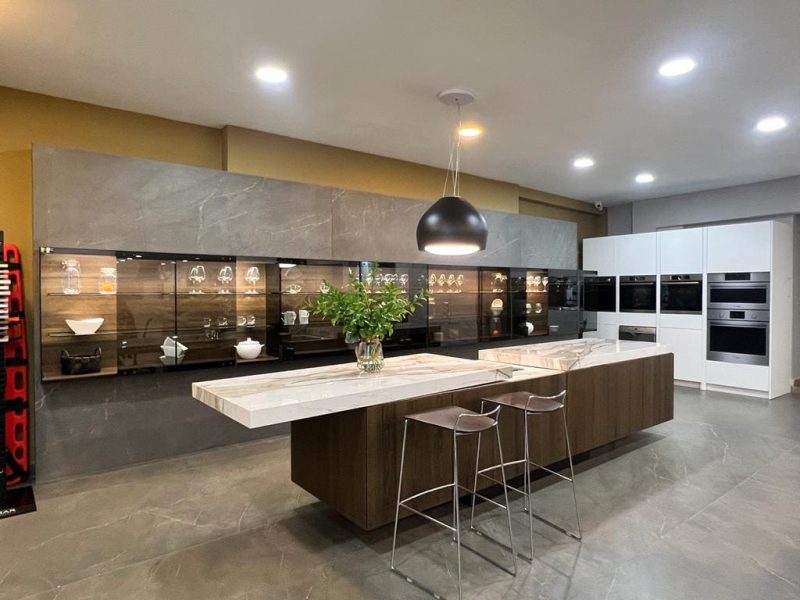
Edificio La Cuisine
Costado Suroeste, C.C. La Paco
Escazú, Costa Rica
Monday to Friday: 09:00 a.m. - 05:00 p.m.
Saturday: 10:00 a.m. - 04:00 p.m.
(+506) 4000.3555
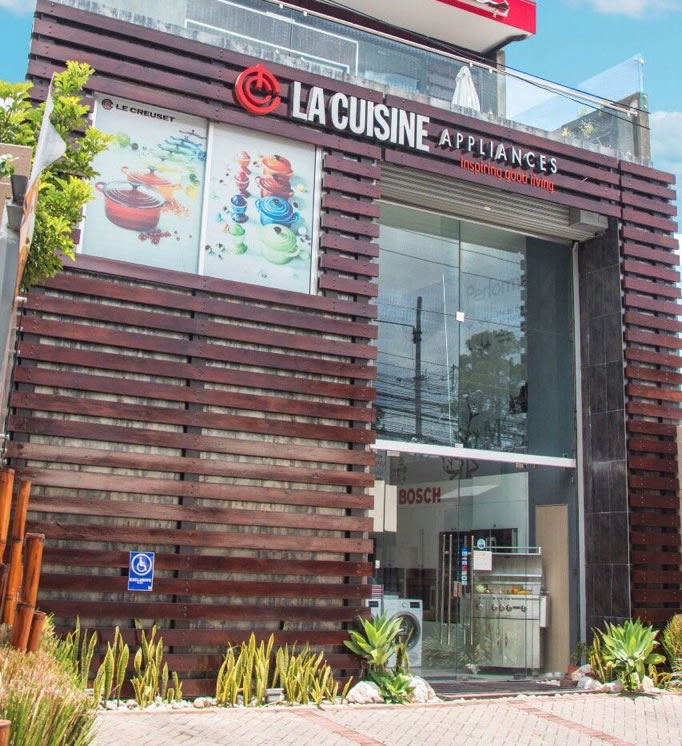
Galerías de Puntacana No. 51
Punta Cana, La Altagracia, R.D.
Monday to Friday: 09:00 a.m. - 06:00 p.m.
Saturday: 10:00 a.m. - 01:00 p.m.
(809) 378.9999

C/Rafael Augusto Sánchez No.22,
Piantini, Santo Domingo, R.D.
Monday to Friday: 09:00 a.m. - 06:00 p.m.
Saturday: 09:00 a.m. - 01:00 p.m.
(809) 378.9999

18187 Biscayne Bvld., Aventura
FL 33160
Monday to Friday: 10:00 a.m. - 06:00 p.m.
Saturdays by appointment.
(786) 322 5432
www.lacuisineappliances.com
sales@lacuisineappliances.com

3232 Coral Way,
Miami FL 33145
Monday to Friday: 10:00 a.m. - 06:00 p.m.
Saturday: 10:00 a.m. - 03:00 p.m
(305) 442-9006
www.lacuisineappliances.com

2005 NW 115th Avenue
Miami, FL 33172
Monday to Friday: 09:00 a.m. - 05:30 p.m.
Saturday: Closed
(+1) 305 418.0010
info@lacuisineinternational.com
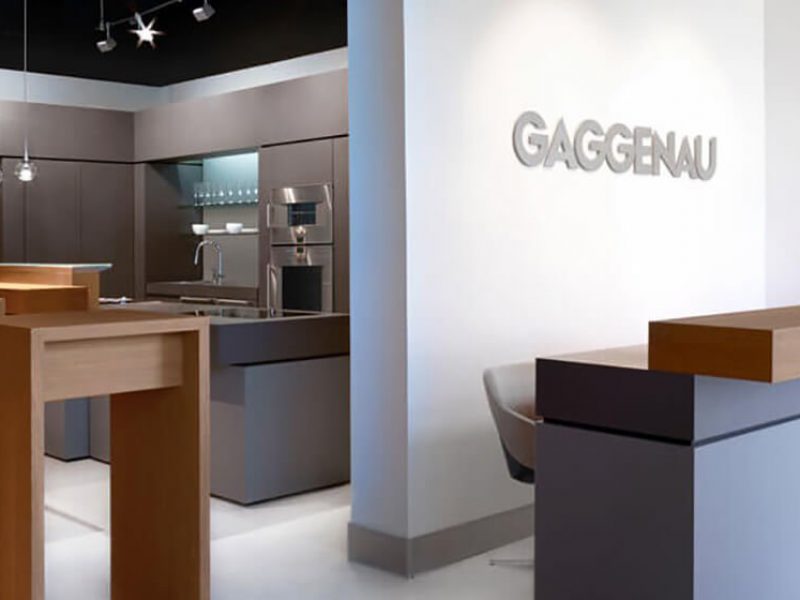
Obarrio. Av. Samuel Lewis,
Addison House Plaza,
Local No.11, Panamá
Monday to Friday: 09:00 a.m. - 06:00 p.m.
Saturday: 10:00 a.m. - 04:00 p.m.
(+507) 265.2546/2547
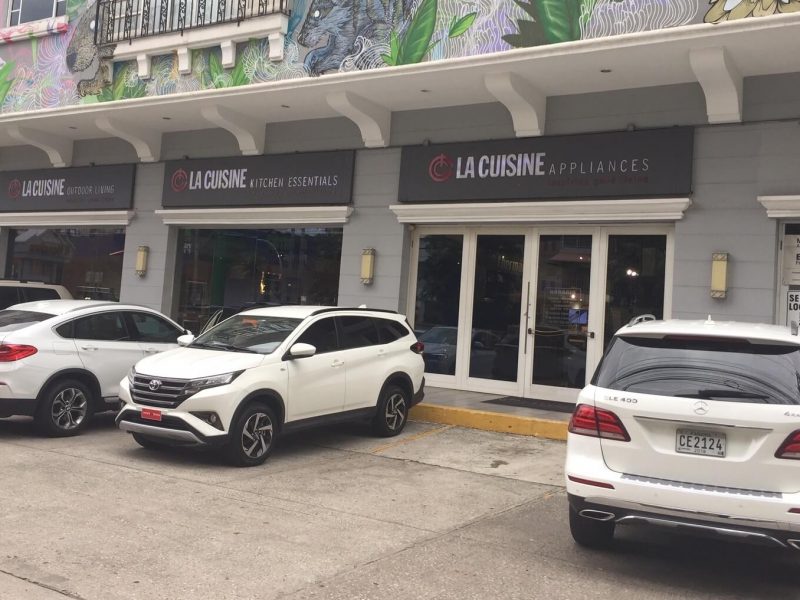
Av. Caminos del Inca 1603,
Santiago de Surco, Perú
Monday to Friday: 10:00 a.m. – 07:00 p.m.
Saturday: 10:00 a.m. – 01:00 p.m.
(+511) 637.7087

Centro Comercial San Ignacio, Nivel C, local No.5
Caracas, Venezuela
Monday to Saturday: 10:00 a.m. – 07:00 p.m.
(+58) 212 264.5252
(+58) 414 018.5352 (Wholesale)
ventas@lacuisineappliances.com

Complejo Pradera Ofibodegas No.13,
20 calle final Z. 10 Km. 6.8 Carretera a Muxbal,
Santa Catarina Pínula, Guatemala
Monday to Friday: 08:00 a.m. - 05:30 p.m.
Saturday: 09:00 a.m. - 12:30 p.m.
(+502) 6671-3400
